'Beginner lessons' take landscape photos for new ghosts
Landscape photography requires the photographer to have their own subjectivity with the definition from the foreground to the background. It's not just about the camera and shooting time, but we need to adjust the mode, control the depth of the field before pressing the camera. And finally, the results should be sharp images, harmonious colors and balance.
Whether any photographer is attracted to taking landscape photos, but not everyone can get photos. Especially for newly photographed people, it is necessary to know the basics when taking outdoor photos.
1. Select RAW or JPEG image format:
Landscape photography changes to RAW and JPEG formats. JPEG will be suitable for non-edit photos. RAW images, will be suitable for those who are proficient in Photoshop editing skills because RAW images are always the most original. RAW image format will contain more color information, especially different color bands, such as the sky.
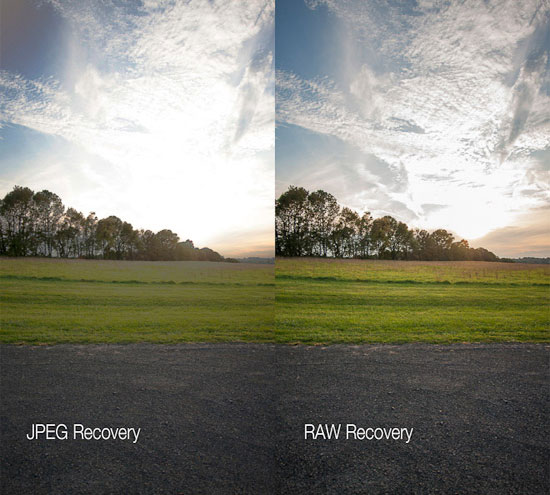
2. ISO adjustment to 100/200:
ISO is a measure of the light sensitivity of an image sensor to light. The higher the ISO, the better the capture device when shooting in places with poor lighting conditions. However, high ISO is not always beneficial. When shooting landscapes, use the lowest ISO setting. Most cameras will have a minimum of ISO 100, but it may also be 200. Low ISO will ensure the wrong color in the least affected image, the picture will not be grainy.

3. Team f / 16 A / AV mode:
The smaller aperture (the larger f / x with x), the greater the depth of field. This also explains, do not let the aperture be smaller than f / 16, this may affect the softness of the image. To install this section, select Aperture Priority (A / Av) mode, then use the dial to select the aperture.
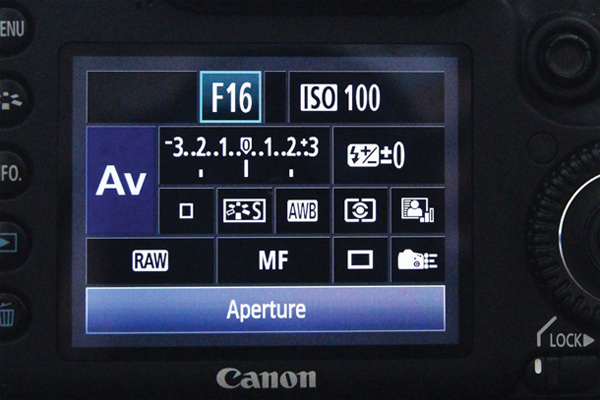
4. Using camera tripod:
After you've set up everything, use the camera tripod (Tripod) to capture the landscape. Remember to check if the Tripod watch is tilted and firm enough, not having a proper setup of the tripod can cause a fall and damage our camera. If possible, use a remote control to avoid working. Touch the camera while shooting, minimizing the shake.
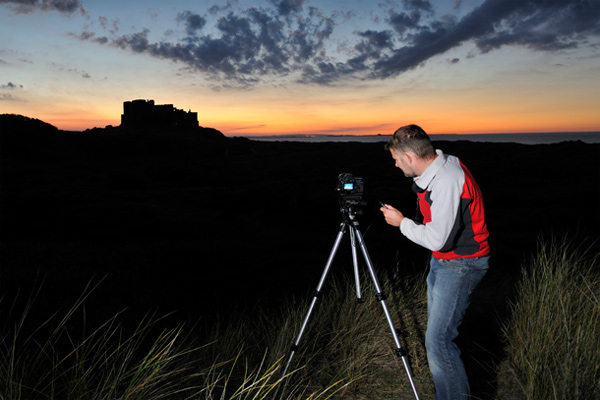
5. Do not focus on the center of the photo frame:
Most people focus on the center of the photo frame, but usually get 1 shot of a balanced image, here we take landscape photos, so we can't apply it. When you start looking for the shooting angle, use the most basic "one-third" layout. Also look for paths and objects in the background to increase the image depth.
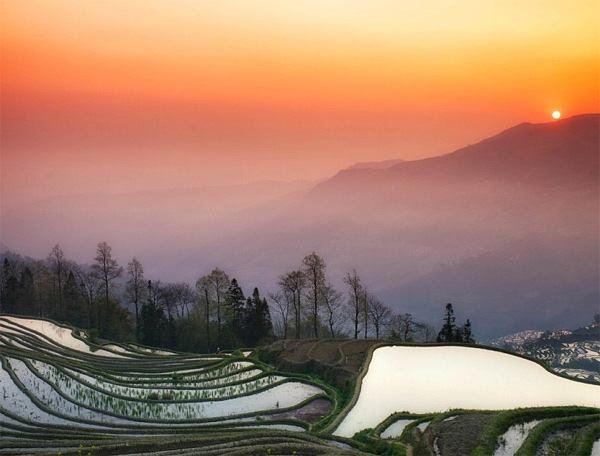
6. "One-third" rule:
Focus on the one-third rule to maximize the depth of field. If one of the focus points is at the corner position you want to focus on, use autofocus, otherwise, select the closest point in the frame, use autofocus, then switch to manual mode to lock the focus.
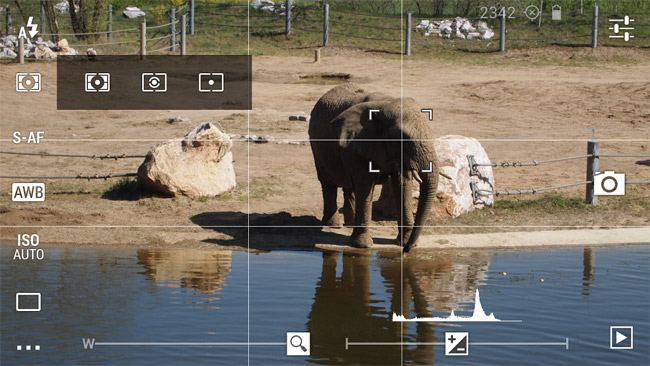
7. Check out some photos:
Take a few photos and check the color chart. The graph will display at a balanced level if the image is "consistent" - harmonizing between light and dark, the left column will be dark, the right will be bright. The most important thing when viewing graphs is that the image should not be too bright or too dark to show that the chart loses its head.
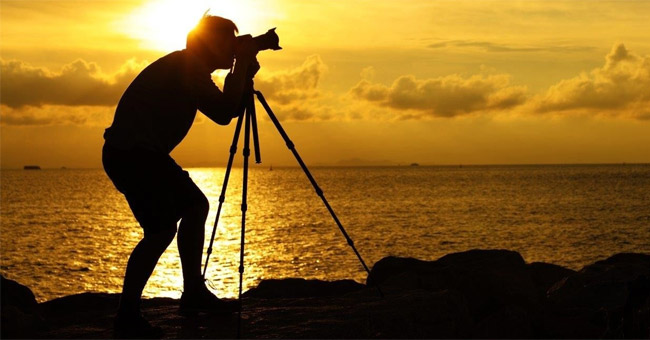
8. Adjust metering meter:
If you think the image is too bright or too dark, press and hold the +/- button and use the dial key to adjust the exposure compensation. -1 will be to the left, make the image darker, +1 will be on the right, making the image light up. Try taking some pictures to check the camera's metering capability and the quality of the picture before taking it.
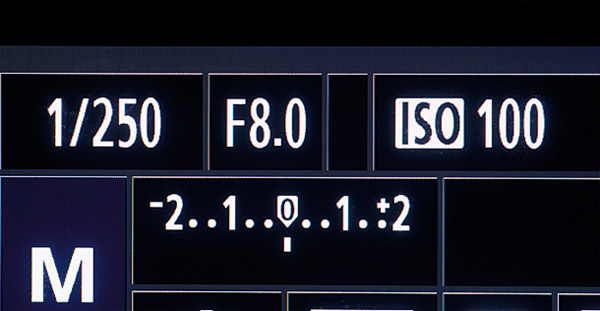
Refer to the following articles:
- 10 simple photography techniques for impressive photos
- 9 basic rules of composition in photography
- The harsh truths in photography
I wish you all success!
You should read it
- How to force the screen to rotate into Landscape Mode on iPhone
- How to Photograph Autumn
- Synthesis beautiful landscape background
- Instructions for setting basic parameters on the camera
- How to capture and post Panorama 360-degree photos on Facebook
- Download The Messenger, a cool horizontal screen landscape game, is free
 When should not use auto focus mode to take photos?
When should not use auto focus mode to take photos? What is green time in photography? Is it different from Golden Time?
What is green time in photography? Is it different from Golden Time? Take photos of the fanciful sky landscape with the following 5 tips
Take photos of the fanciful sky landscape with the following 5 tips Photographic tips that cast shadows in photography
Photographic tips that cast shadows in photography Instructions for setting basic parameters on the camera
Instructions for setting basic parameters on the camera The meaning of the symbol on the camera lens you need to know
The meaning of the symbol on the camera lens you need to know